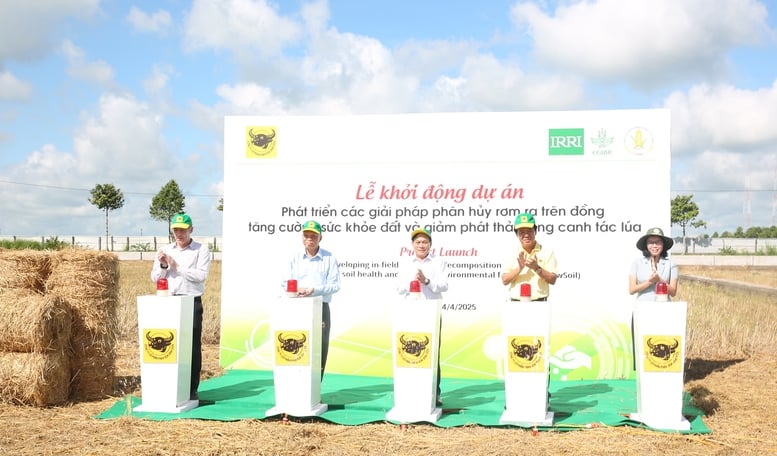
Can Tho City leaders and industry associations launch the project - Photo: VGP/LS
Green transformation for Vietnam's rice industry
The event was organized by the Vietnam Rice Industry Association (VIETRISA) in collaboration with the International Rice Research Institute (IRRI) and Binh Dien Fertilizer Joint Stock Company, with the participation of leaders of Can Tho City, the Department of Crop Production and Plant Protection ( Ministry of Agriculture and Environment ), along with many scientists, businesses and farmers. This is a practical activity to assess the current situation and propose appropriate solutions in mechanizing rice cultivation to serve the Project "Sustainable development of 1 million hectares of high-quality, low-emission rice cultivation associated with green growth in the Mekong Delta by 2030".
At the event, the parties officially launched the straw management project to improve soil health and reduce emissions in rice cultivation. The highlight of the program was the field demonstration of advanced straw management solutions, in which the highlight was the integrated mechanical technology of bio-calcium - a new Dau Trau fertilizer product of Binh Dien Company that increases the efficiency of straw decomposition in the field, improves soil health and reduces greenhouse gas emissions.
Within the framework of the project, Binh Dien Company donated a smart water pumping station to the Mekong Delta Rice Research Institute, marking a new step forward in applying technology to irrigation water management in rice production.
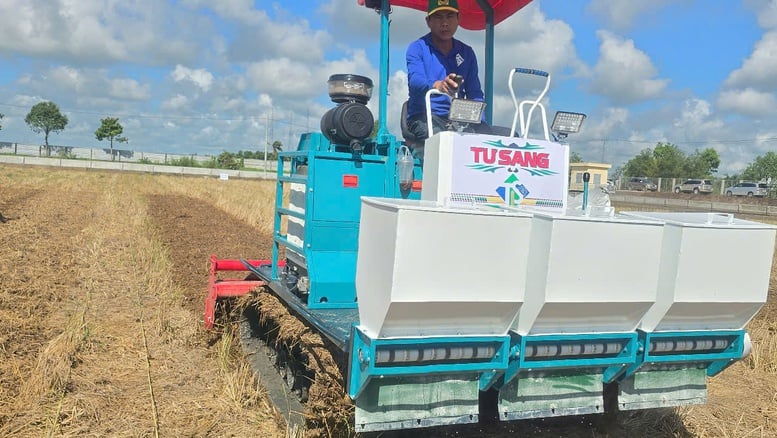
Demonstration of straw burying and bio-calcium fertilization in the field at the Mekong Delta Rice Research Institute - Photo: VGP/LS
Speaking at the event, Dr. Robert Caudwell, Chief Representative of IRRI Vietnam emphasized: "In the process of agro- ecological transformation, the application of mechanization in straw management is not only a technical solution, but also a solid foundation for the sustainable development of the Vietnamese rice industry. When we optimize the management of agricultural by-products in the field, we are laying the first bricks for the future of sustainable agriculture".
According to Dr. Robert Caudwell, the current practice of burning straw not only wastes precious resources, but also increases greenhouse gas emissions, harms public health and degrades the environment.
However, a strong shift is taking place in Vietnam, towards a more sustainable and efficient agriculture. Where the concept of "waste" no longer exists, but only "resources" waiting to be exploited properly.
As a close partner of the Project in the Mekong Delta region, Mr. Ngo Van Dong, General Director of Binh Dien Fertilizer Joint Stock Company, stated: The Mekong Delta is the largest rice granary of the country, making an important contribution to national food security and ranking 2nd-3rd in rice exports in the world. However, the rice production industry is also facing many challenges, the most prominent of which is the issue of post-harvest straw treatment technology. The amount of straw of several tens of millions of tons each year, if well managed, will be an extremely valuable resource, but if not treated properly and effectively, it will pollute the environment, affect soil health and increase greenhouse gas emissions.
In the context of the entire agricultural and environmental sectors striving towards the goal of sustainable development, emission reduction and climate change adaptation, finding a synchronous, feasible and effective solution to manage straw is becoming increasingly urgent. This is not only a responsibility but also an opportunity for us to increase the value of Vietnamese rice, building a green, safe and sustainable agriculture.
The results of this project are expected to be an important basis to supplement the cultivation process within the scope of the Project "Sustainable development of 1 million hectares of high-quality, low-emission rice cultivation associated with green growth in the Mekong Delta by 2030" in particular, as well as rice production areas across the country in general.
One of the important highlights of the event was the launch of the "Low-emission Green Vietnamese Rice" brand. Mr. Bui Ba Bong, Chairman of VIETRISA, said that this is a strategic turning point in building the Vietnamese rice brand, aiming at the high-end market with strict standards on carbon emissions. The "Low-emission Green Vietnamese Rice" brand is not only a commercial brand but also a commitment to environmental and social responsibility.
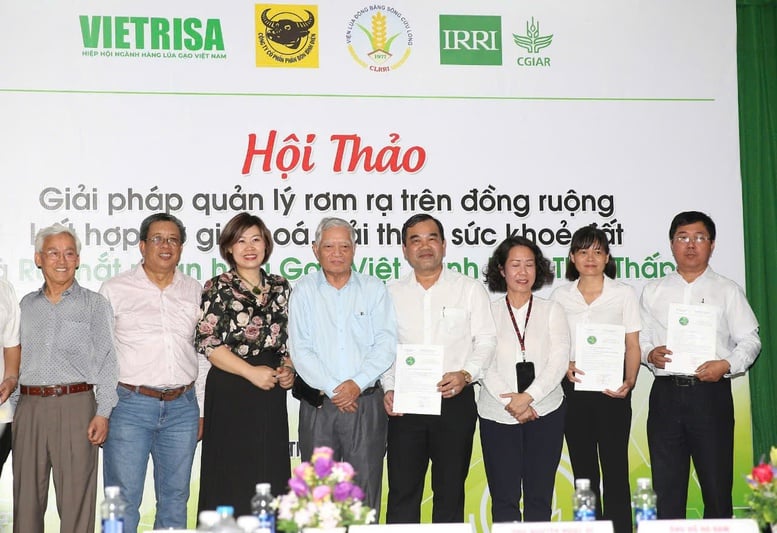
Granting certificates of rights to use the low-emission Vietnamese Green Rice brand to qualified businesses - Photo: VGP/LS
'Tripartite' benefits from straw management solutions
According to Ms. Nguyen Thi Thu Huong, Deputy Director of the Department of Crop Production and Plant Protection, straw is the largest by-product of rice production, with an estimated annual straw output of nearly 45 million tons nationwide. Straw contains organic matter and important nutrients, and has great potential for soil improvement, providing materials for mushroom cultivation, animal husbandry, organic fertilizer production, bioenergy, and many other value-added products.
However, in reality, most of the straw is not being used effectively. In many localities, straw is mainly burned in the field, causing waste of resources, greenhouse gas emissions, environmental pollution, affecting public health and reducing the health of cultivated land. A small part of straw is collected and used traditionally, but it is still fragmented, lacking a synchronous solution, and has not formed a value chain. The problem is how to turn straw into a resource for sustainable agricultural production, while minimizing negative impacts on the environment.
Accordingly, the Project to develop 1 million hectares of high-quality, low-emission rice in the Mekong Delta region sets an important goal that by 2030, 100% of post-harvest straw will be collected from the fields and processed and reused instead of being burned or buried in the fields as before. This is a fundamental shift from the traditional method of handling straw that causes waste and pollution, to a circular, low-emission agricultural model. This goal not only contributes to reducing greenhouse gas emissions and improving soil health, but also increases the added value of agricultural by-products, increases farmers' income, protects the environment and contributes to the successful implementation of the Project to develop 1 million hectares of high-quality, low-emission rice in the entire region.
Currently, the Mekong Delta produces about 22 million tons of rice and an equivalent amount of straw each year. The development of advanced technological solutions to increase the efficiency of straw decomposition in the fields contributes greatly to changing the practice of burning fields to on-site circular agriculture, bringing benefits, such as environmental benefits, reducing environmental pollution and nutrient loss in straw due to burning fields. In addition, increasing the efficiency of straw decomposition will reduce greenhouse gas emissions, especially methane during flooded farming, contributing to minimizing the impact of climate change.
In addition, it restores fertility and improves soil health by adding organic matter and nutrients in straw, improving soil structure and the activity of beneficial microorganisms; increasing rice yield, quality and added value through access to high-end markets, increasing farmers' income.
The results of this event are a testament to the determination to implement Decision No. 1490/QD-TTg dated November 27, 2023 of the Prime Minister on the Project "Sustainable development of one million hectares of high-quality and low-emission rice cultivation associated with green growth in the Mekong Delta region by 2030".
At the event, Mr. Nguyen Ngoc He, Vice Chairman of Can Tho City People's Committee, said that Can Tho is pioneering in green transformation with a rice cultivation area of 75,000 hectares and an annual output of over 1.3 million tons. The city has expanded the low-emission cultivation area to more than 30,000 hectares, with the goal of reaching 38,000 hectares by 2025 and 48,000 hectares by 2030.
This event affirms the determination of all parties in building a green, smart and sustainable agriculture, both ensuring national food security and contributing to realizing Vietnam's commitment to carbon neutrality by 2050. The cooperation between state management agencies, research institutes, businesses and farmers is a solid foundation for the sustainable development of the rice industry in the future.
* Within the framework of the launching ceremony, a signing ceremony took place to strengthen the rice industry chain and cooperate in developing green technology, such as between VIETRISA and the Food Association, cooperation between Binh Dien Fertilizer Joint Stock Company and BioSpring on developing methane-decomposing microorganisms (CH₄) to reduce emissions in rice production. In particular, many pioneering enterprises have been granted certificates of the right to use the "Green Vietnamese Rice, Low Emissions" brand.
Le Son
Source: https://baochinhphu.vn/gao-viet-nam-xanh-phat-thai-thap-buoc-tien-moi-cho-nganh-lua-gao-102250423204817023.htm












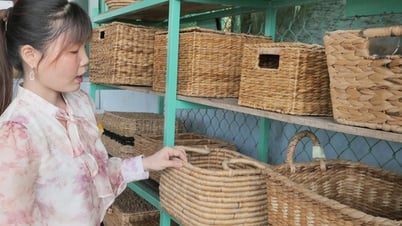
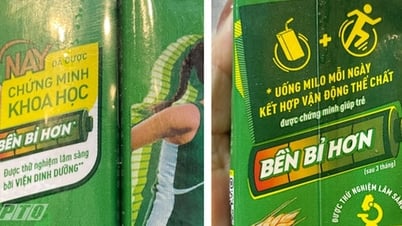







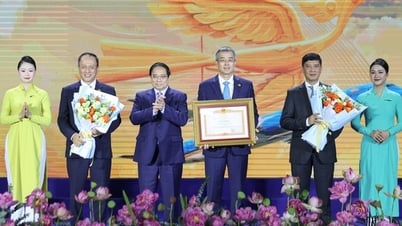
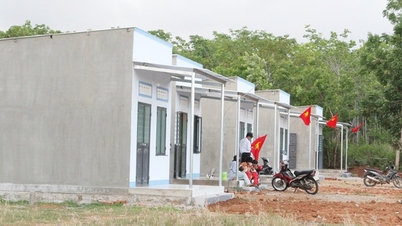
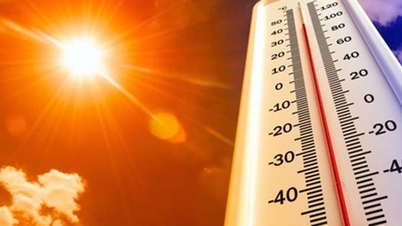
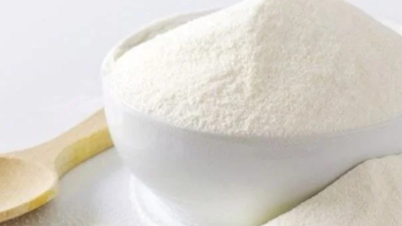













































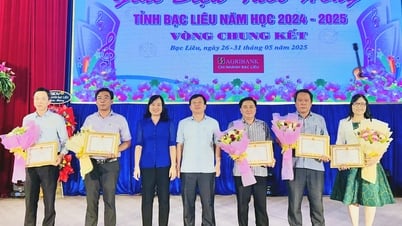
























Comment (0)